
The next time you glance up at the Moon (if more than just a narrow crescent is visible), take an extended look at what you see. Even with the unaided eye, or better still, with a pair of binoculars, you’ll note that there are two different types of landforms visible on its surface.
One of these is the lighter-colored, more rugged lunar highlands, while the other consists of the darker-colored, relatively smooth lava plains or lunar maria (plural of mare – the Latin word for “sea”). The older (and heavily cratered) highlands resulted from the cooling of a “magma ocean” that once blanketed the Moon’s surface. By contrast, the younger and roughly circular maria are remnants of former giant impact basins that afterward became filled with flood basalts from the Moon’s interior.
Six pairs of Apollo astronauts visited the Moon’s surface from 1969 to 1972 and returned with more than eight hundred pounds of lunar rocks (see Steve Voynick’s article, “Minerals of the Moon,” January 2020 Rock & Gem). Scientific analysis of these samples (which remains an ongoing endeavor) has told us a great deal about the makeup of our nearest neighbor in space. In turn, radioactive dating of these rocks has enabled us to reconstruct an accurate chronology of the Moon’s leading geological events –– a history stretching back roughly 4.5 billion years before the present. At the same time, these lunar rocks provided evidence for a dramatic new theory of the Moon’s origin (see ahead), one that likewise explains the cause of its former magma ocean.
ANORTHOSITE
Bu hikaye Rock&Gem Magazine dergisinin June 2021 sayısından alınmıştır.
Start your 7-day Magzter GOLD free trial to access thousands of curated premium stories, and 9,000+ magazines and newspapers.
Already a subscriber ? Giriş Yap
Bu hikaye Rock&Gem Magazine dergisinin June 2021 sayısından alınmıştır.
Start your 7-day Magzter GOLD free trial to access thousands of curated premium stories, and 9,000+ magazines and newspapers.
Already a subscriber? Giriş Yap
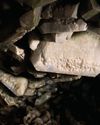
Rockhounding Ohio's Lake Erie Islands
A short ferry boat ride three miles from Ohio’s Lake Erie coastline is South Bass Island, better known as Put-in-Bay or the “Key West of the North.”
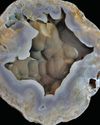
Iowa's Hidden Treasures
Exploring Keokuk Geodes: How They're Made & What's Inside
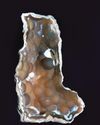
Agatized CORAL
Florida's Collectible State Stone

Rockhounding Florida's Beaches
Beachcombing serene stretches of Florida can reveal fascinating finds like fossilized shark teeth, sea glass, quartz, agate and even coral fragments.
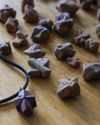
Collecting Staurolite
Hot Spots In Virginia & Georgia
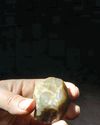
Pecos Valley Diamonds
New Mexico's Ancient Attraction

12 Tips for Rockhounding Tucson's Greatest Shows
Tucson in February becomes the international hub for buying and selling colored gems, rocks, minerals and fossils.

Turquoise in the American Southwest
A Water & Sky Souvenir
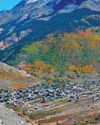
Touring Colorado's MINERAL BELT
It's a Showcase of Mining History & Minerals
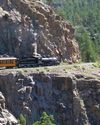
Geology &Colorado's Taurish Traiks
Most of Colorado’s tourist trains today were originally constructed in the late 1800s to serve the state’s lucrative mining operations.